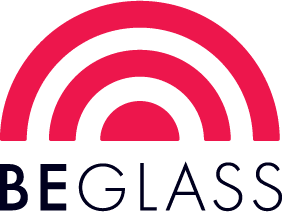Overview
Reactive Potential
Contains: Lead (Pb)
May React With: Selenium (Se) / Sulfur (S)
Forms of Glass
Sheet Glass (-0030, -0050), Frit (-0001, -0002, -0003, -0008) Rod (-0576-T) and Stringer (-0507, -0107, -0272),
Detailed Information
About 000313 Sheet Glass
Cold Characteristics
Uniform color.
Working Notes
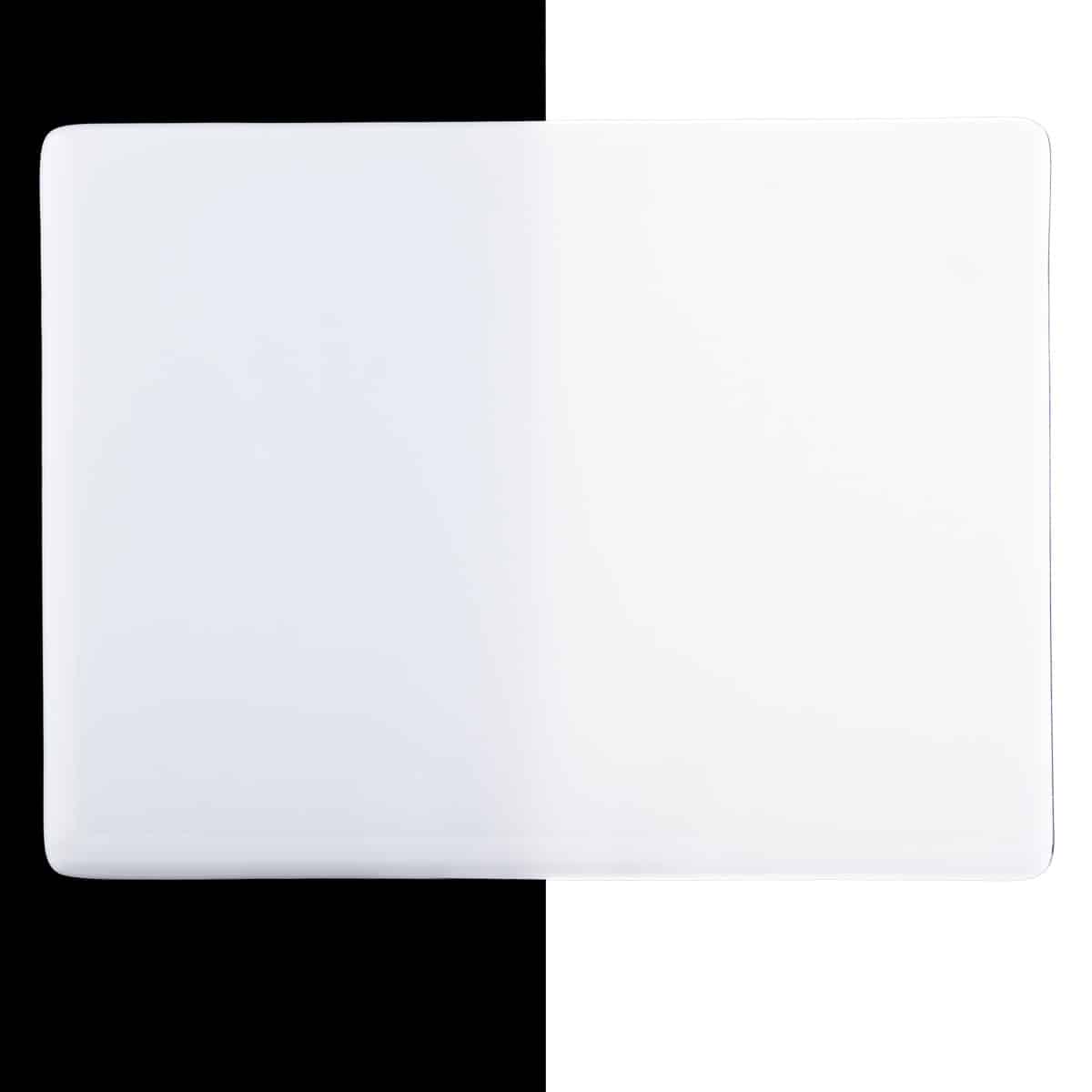
This glass can be unstable when subjected to extended heatwork (pattern bars, pot melts, boiled effect, kilncasting, etc.). Firing above 1500°F (815°C) for more than 15 minutes or firing slowly between 1250°F (677°C) and 1500°F (815°C) may result in an unstable glass. More susceptible to contaminants that seed devitrification than other glasses in the Bullseye line. Cap with clear or plan to treat the surface (sandblast, coldwork, or apply clear powder and refire) after firing.
No color shift upon firing. A dark interface reaction is possible with sulfur/selenium-bearing glasses, notably French Vanilla (000137). Dense White does not react broadly across the sulfur/selenium palette. Dense White Powder (000313-0008F) is recommended for surface use only. It may crackle when used between sheet glass layers.
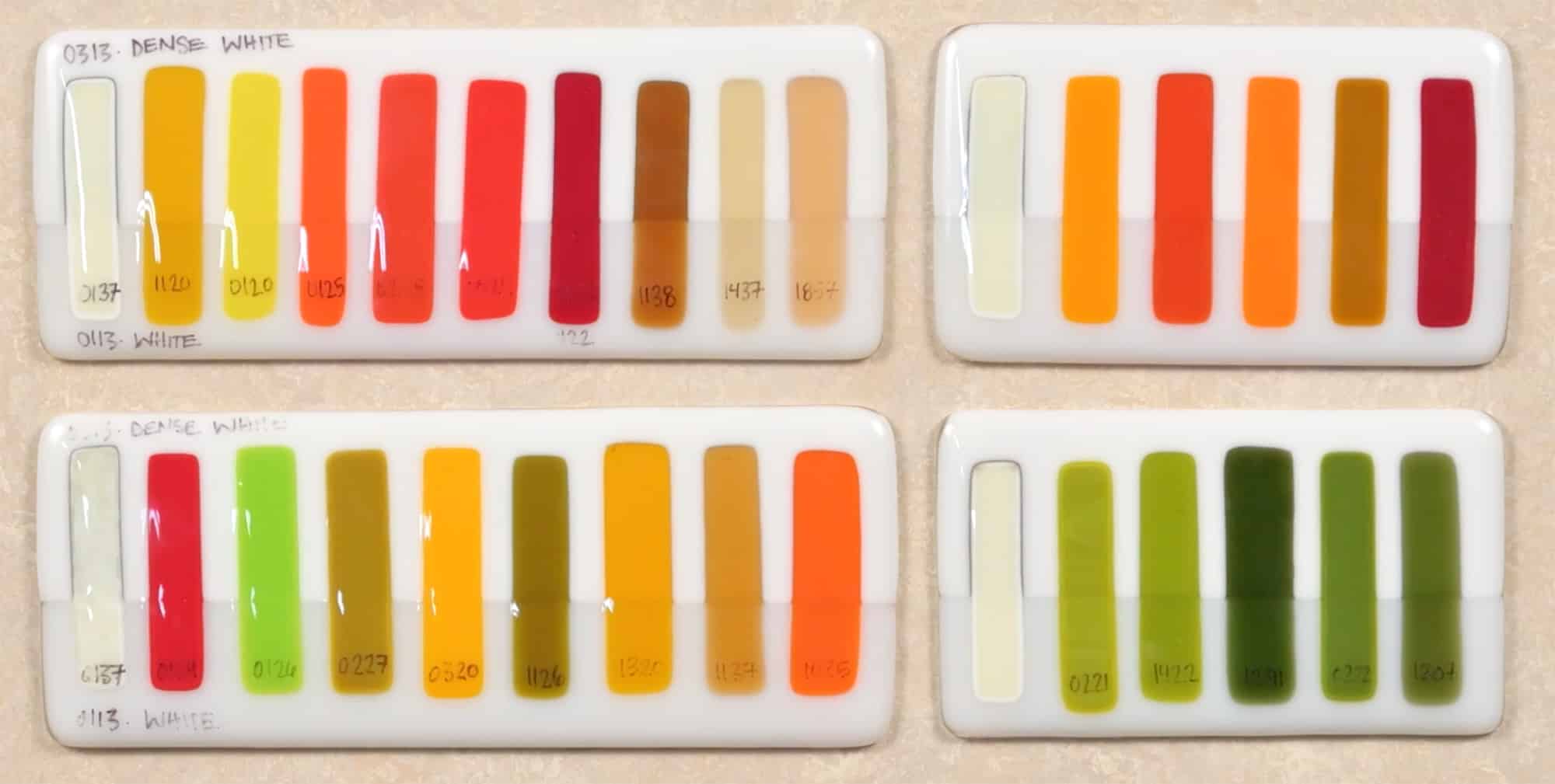
About 000313 Frit
Working Notes
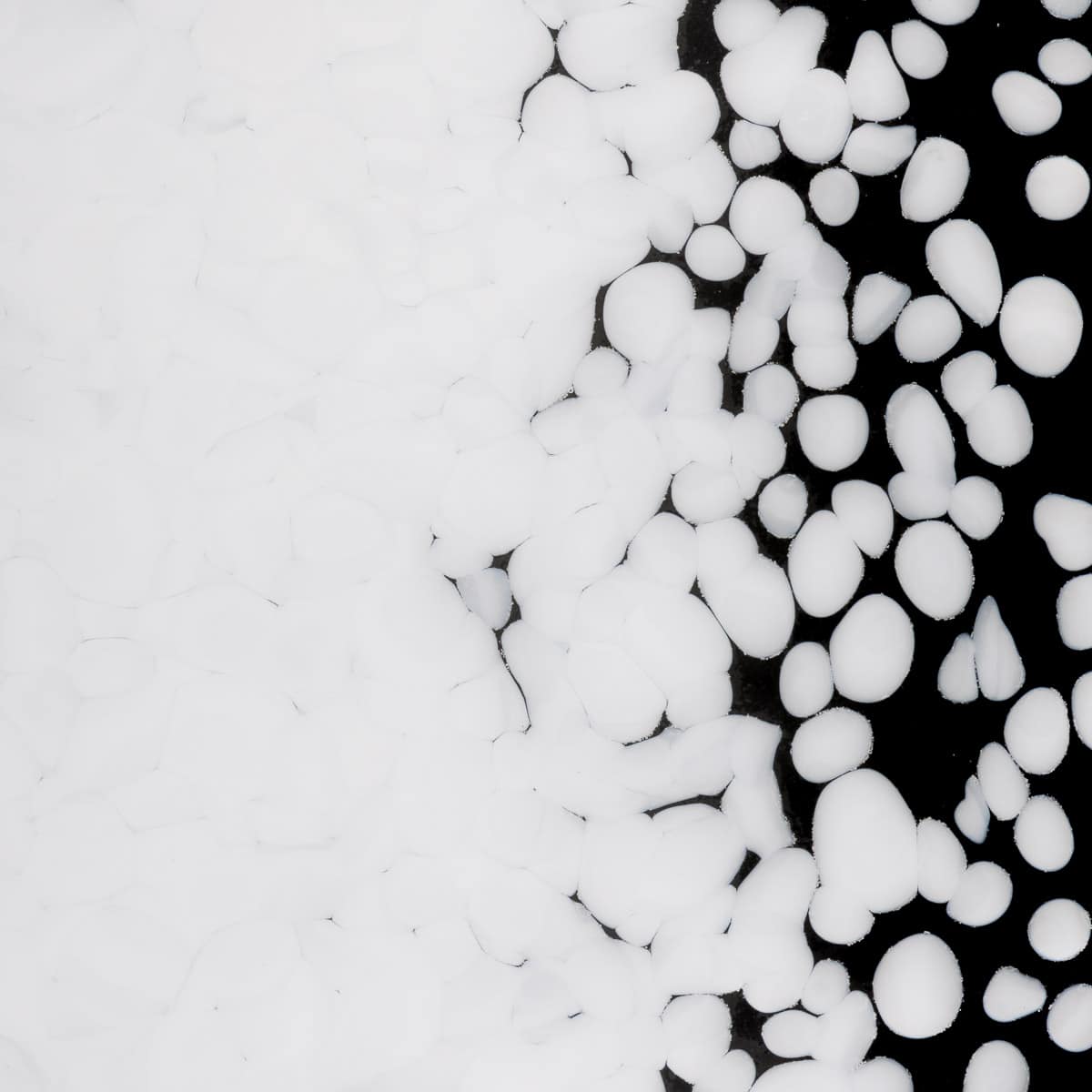
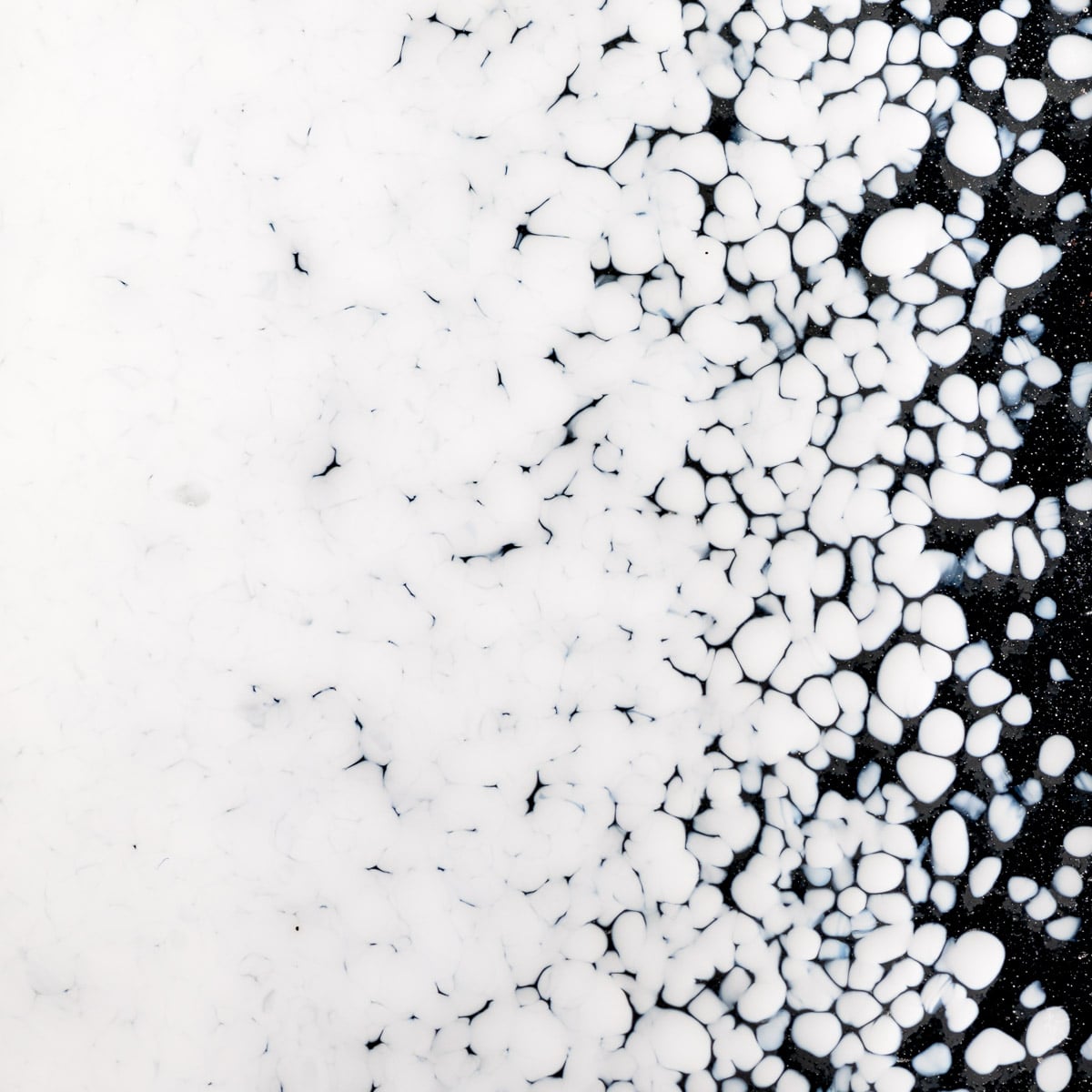
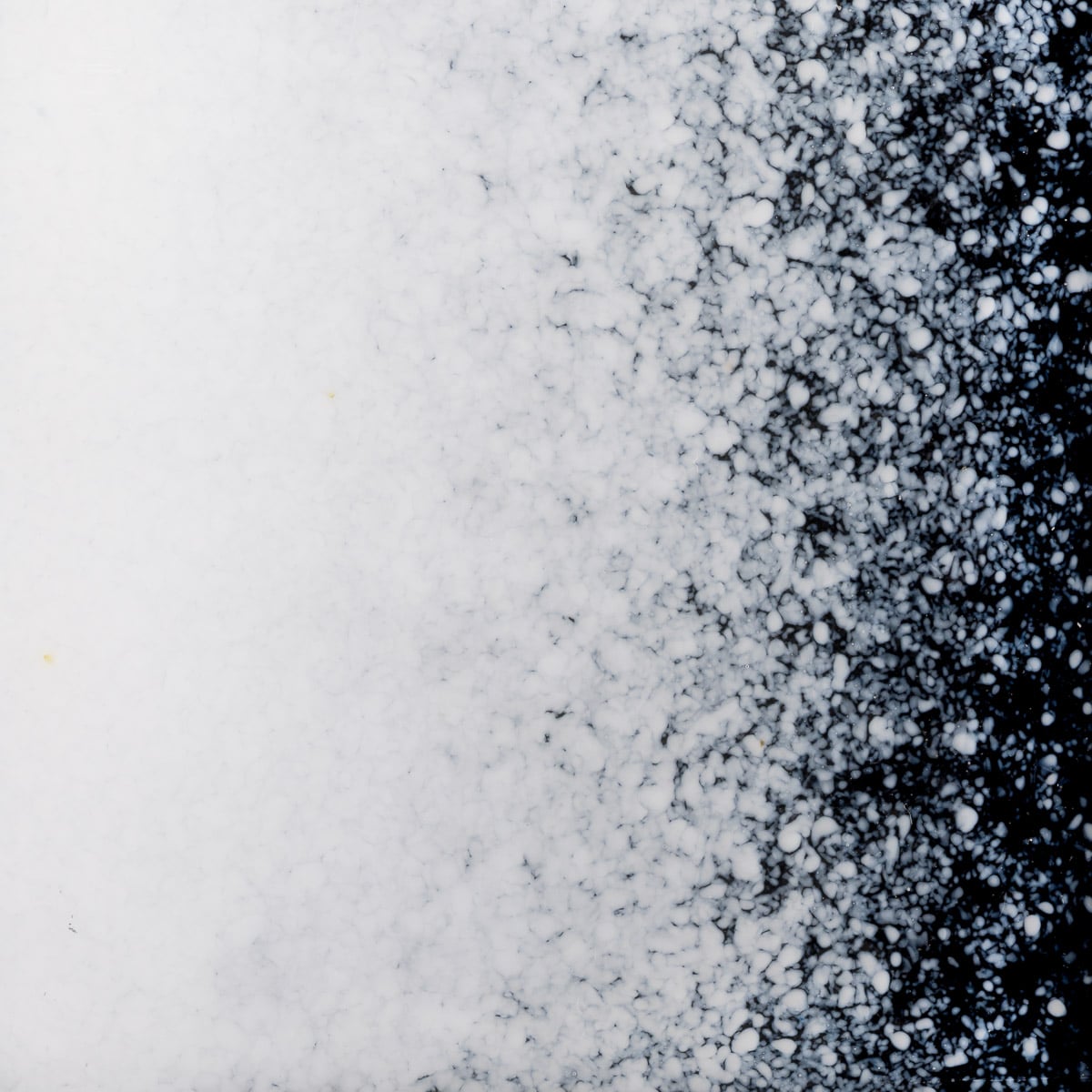
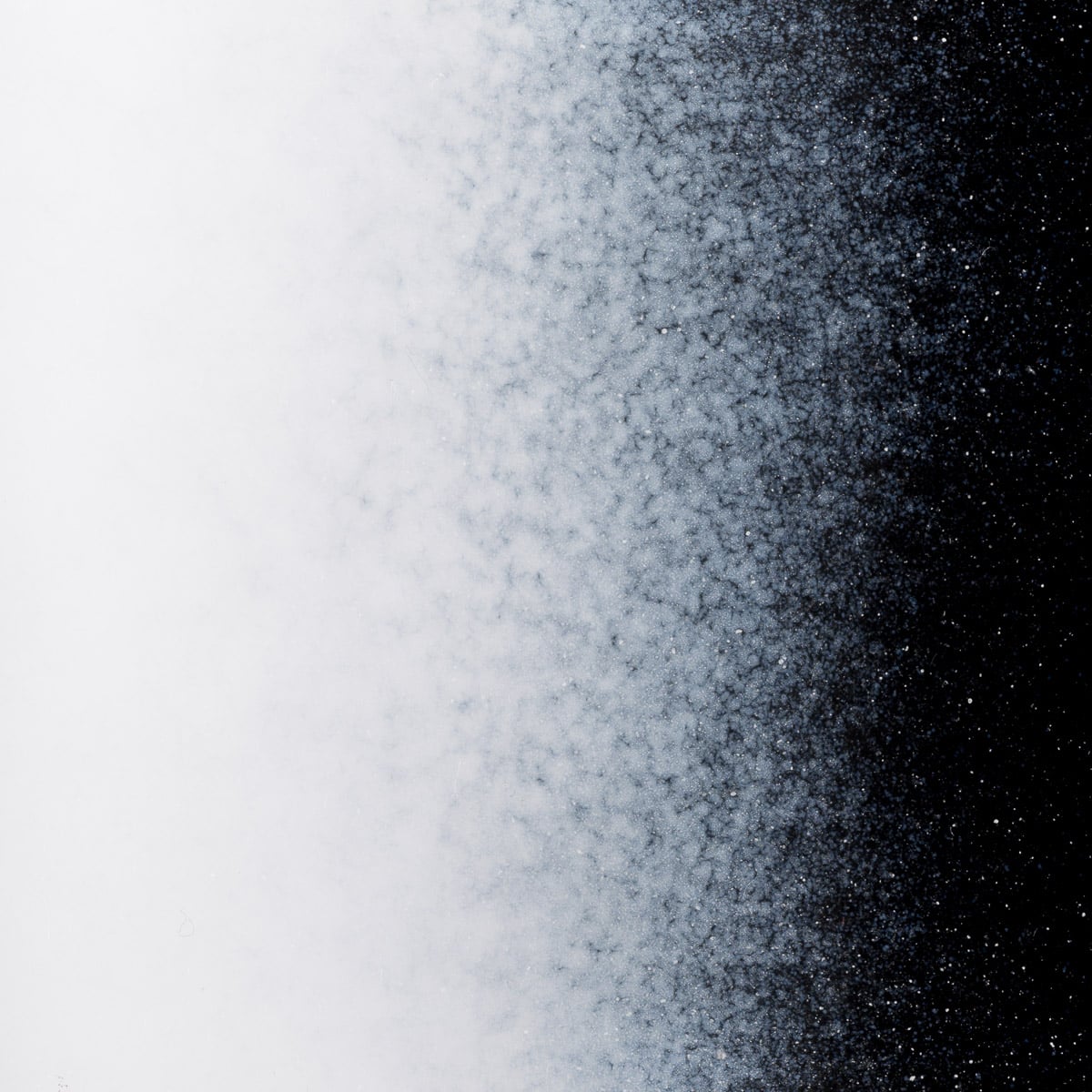
For complete working notes, see the Sheet Glass.
Dense White Powder (000313-0008F) is recommended for surface use only. It may crackle when used between sheet glass layers.
About 000313 Rod
Cold Characteristics
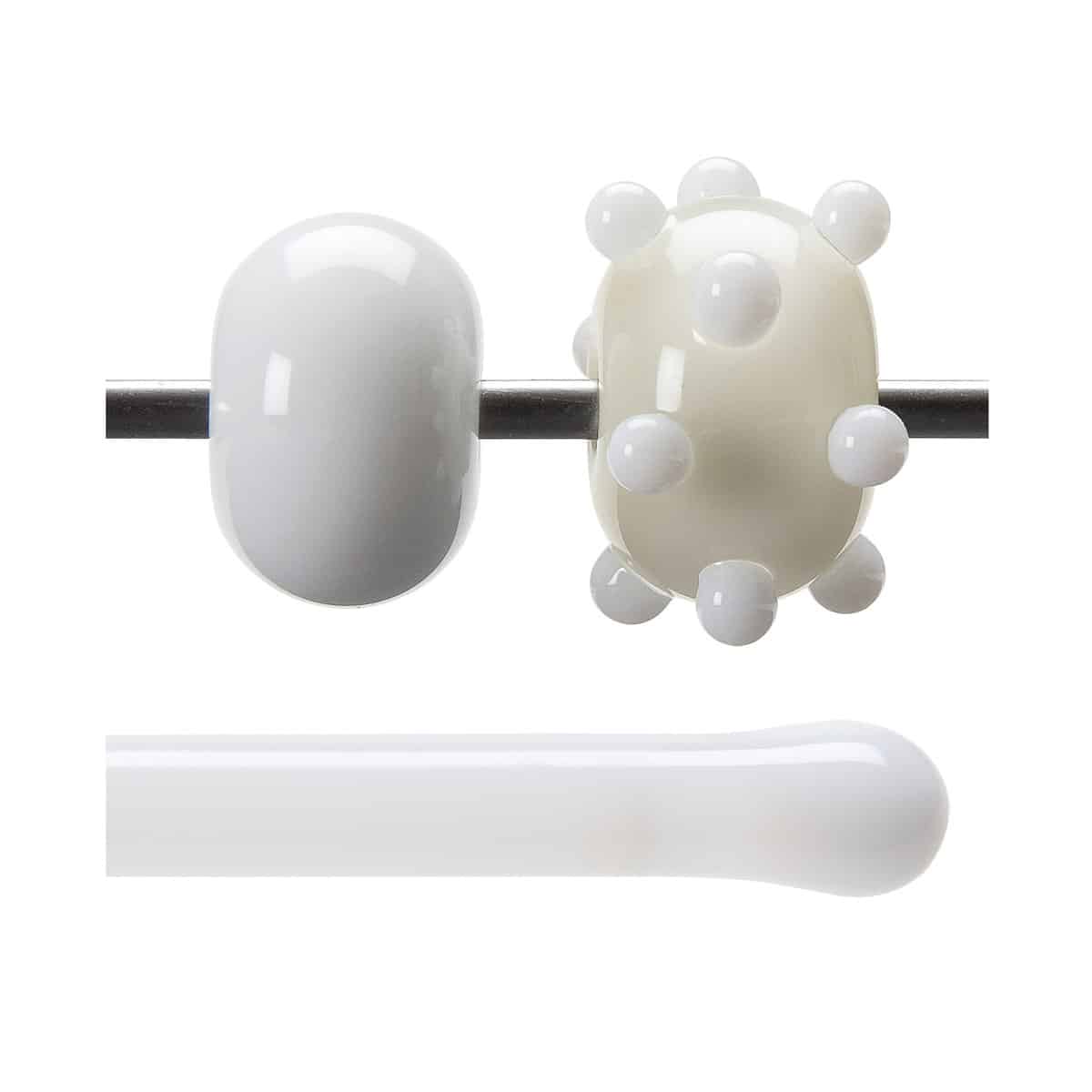
Translucent, milky white.
Working Notes
Torch: 000313-0576 opacifies when used in the flame. Is whitest when used as a core bead. 000313-0576-T is more prone to reduction than other Bullseye styles. Keep it white by working with it in a slightly oxidizing atmosphere. Sometimes small bubbles are evident while the glass is molten, but these typically are not visible in the cold rod or the finished work.
Kiln: Not recommended for kilnforming.
About 000313 Stringer
Working Notes
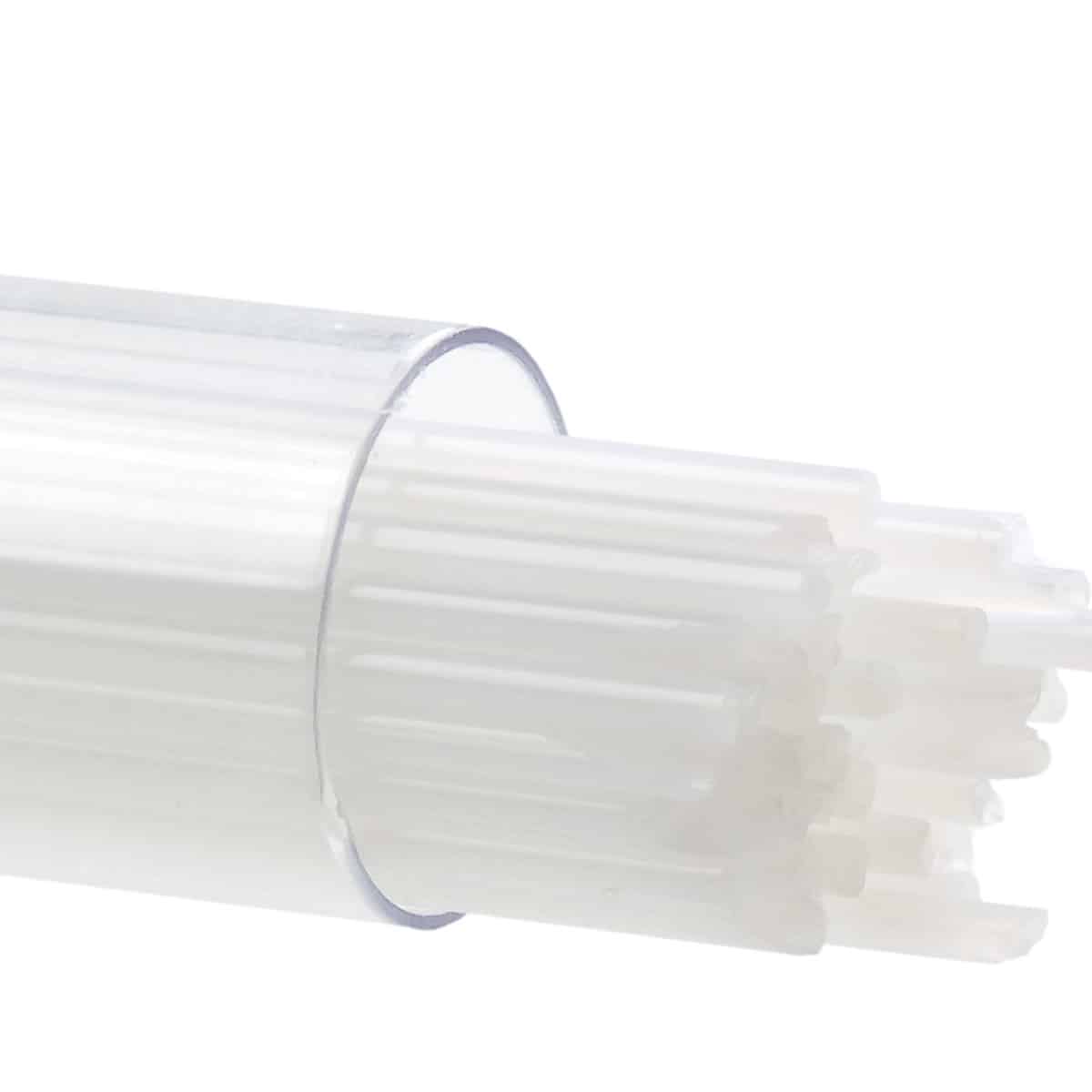
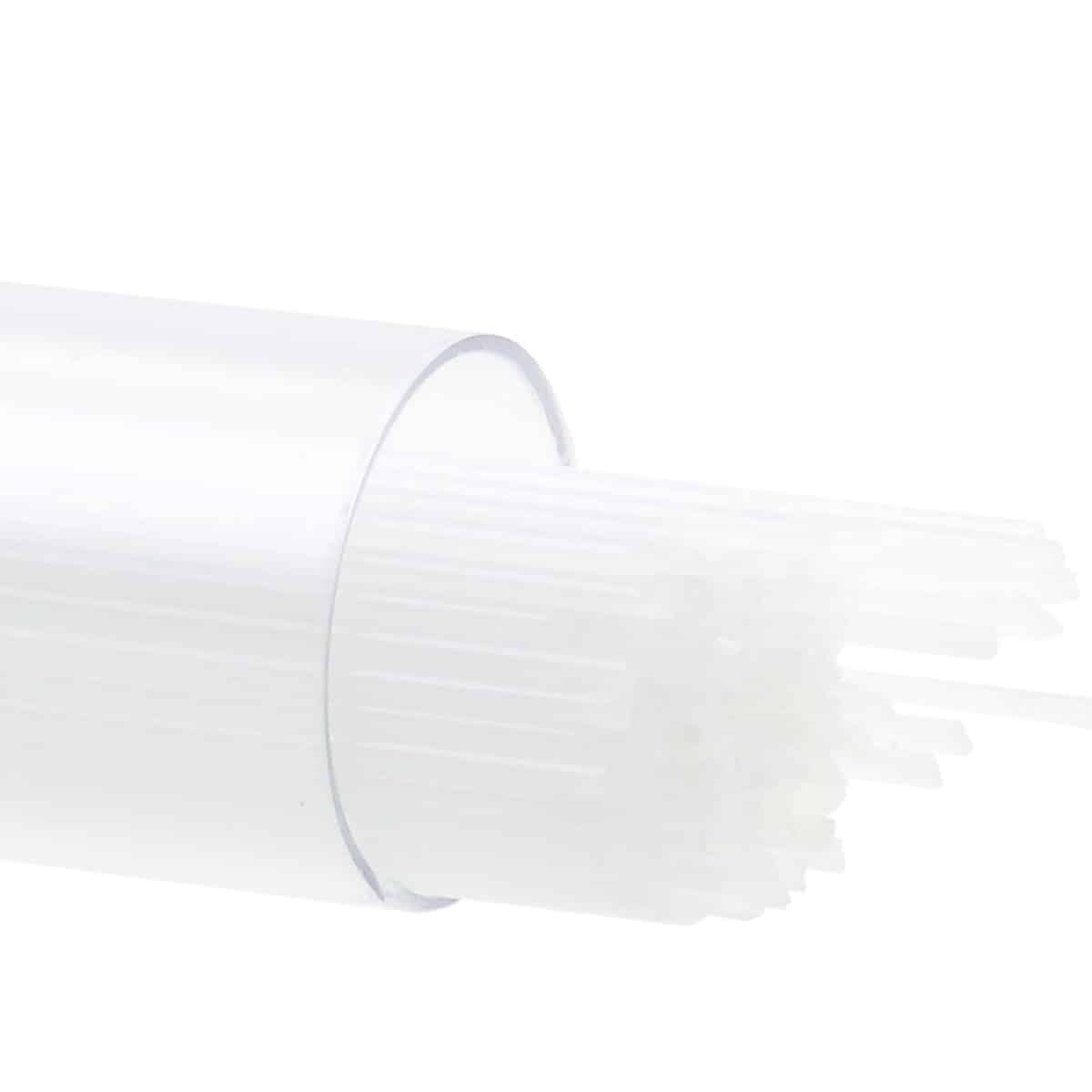
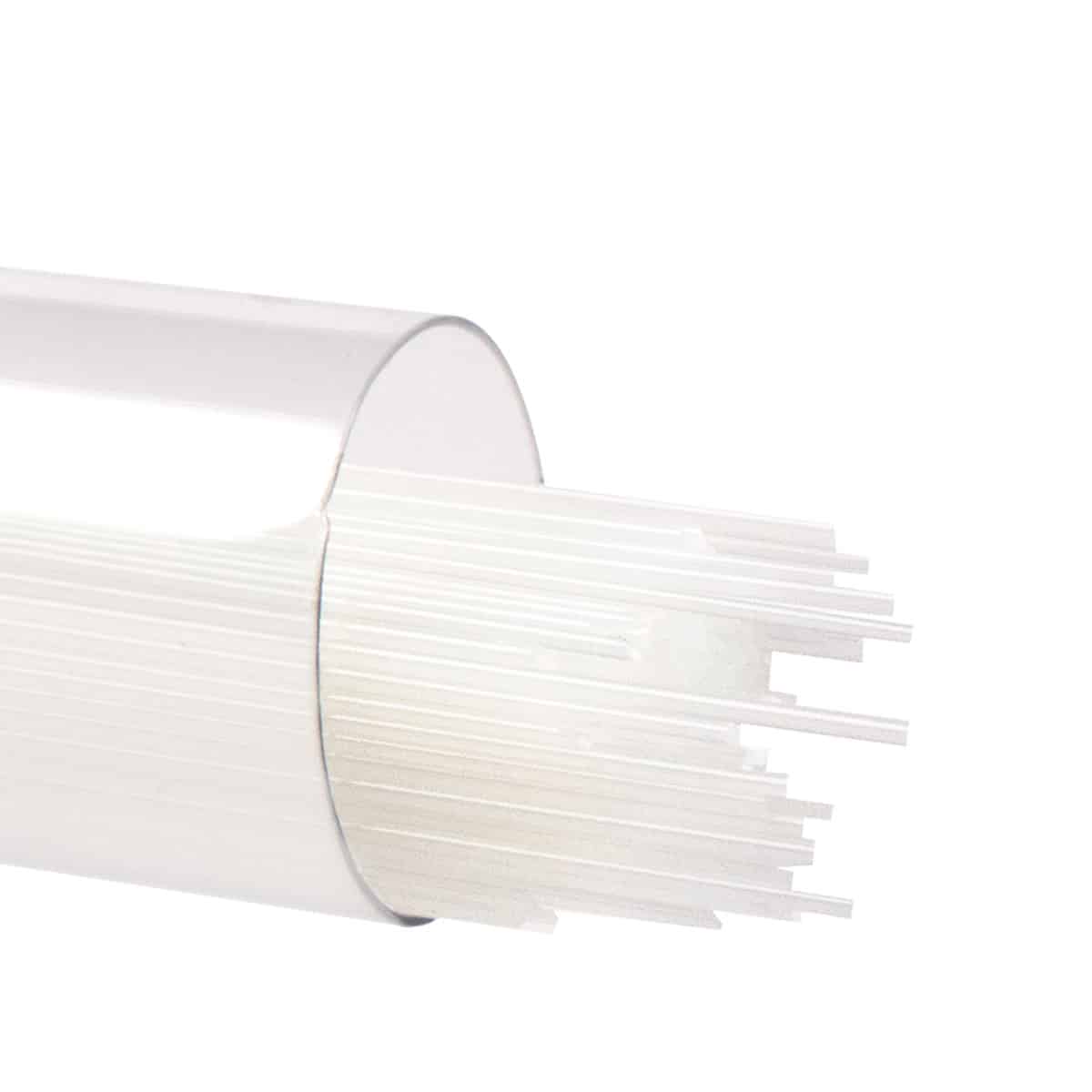
See sheet glass notes for this style.
